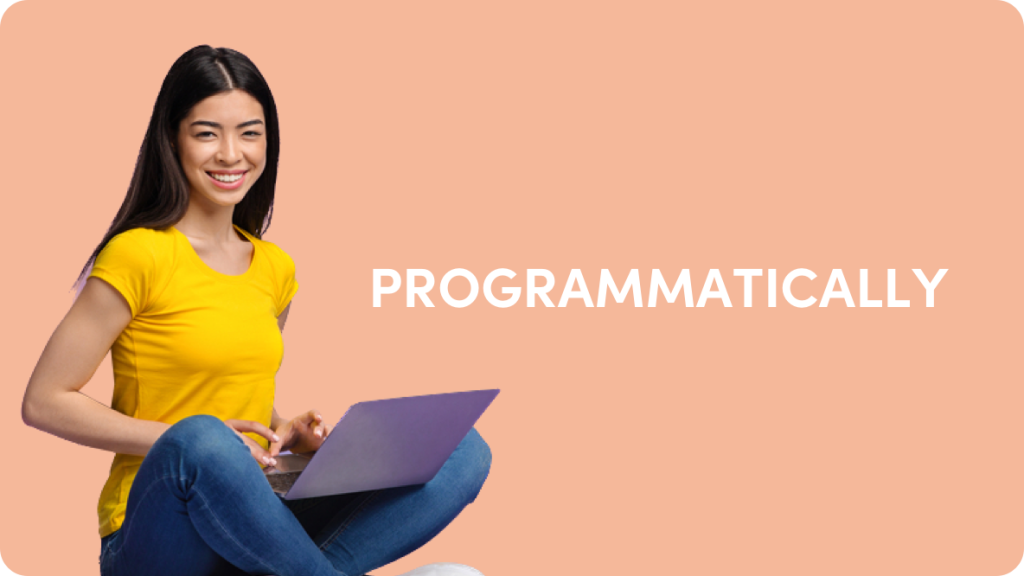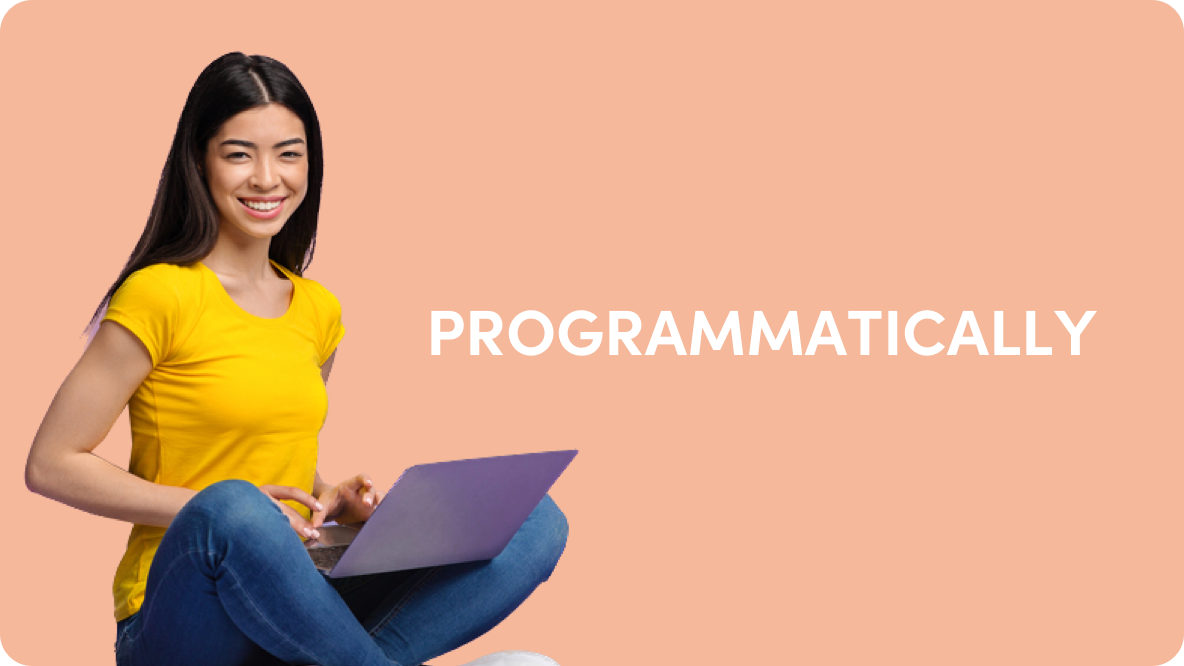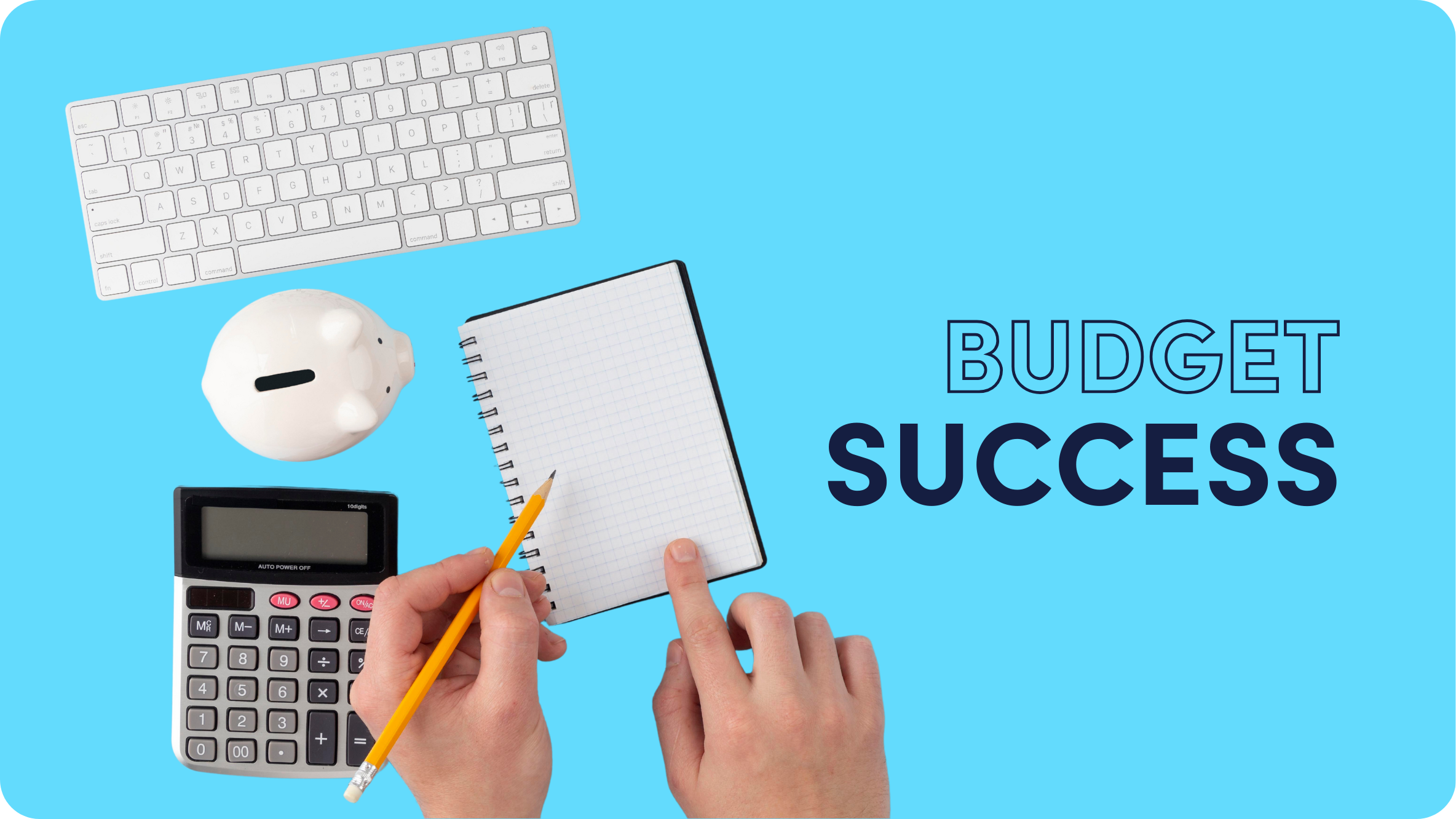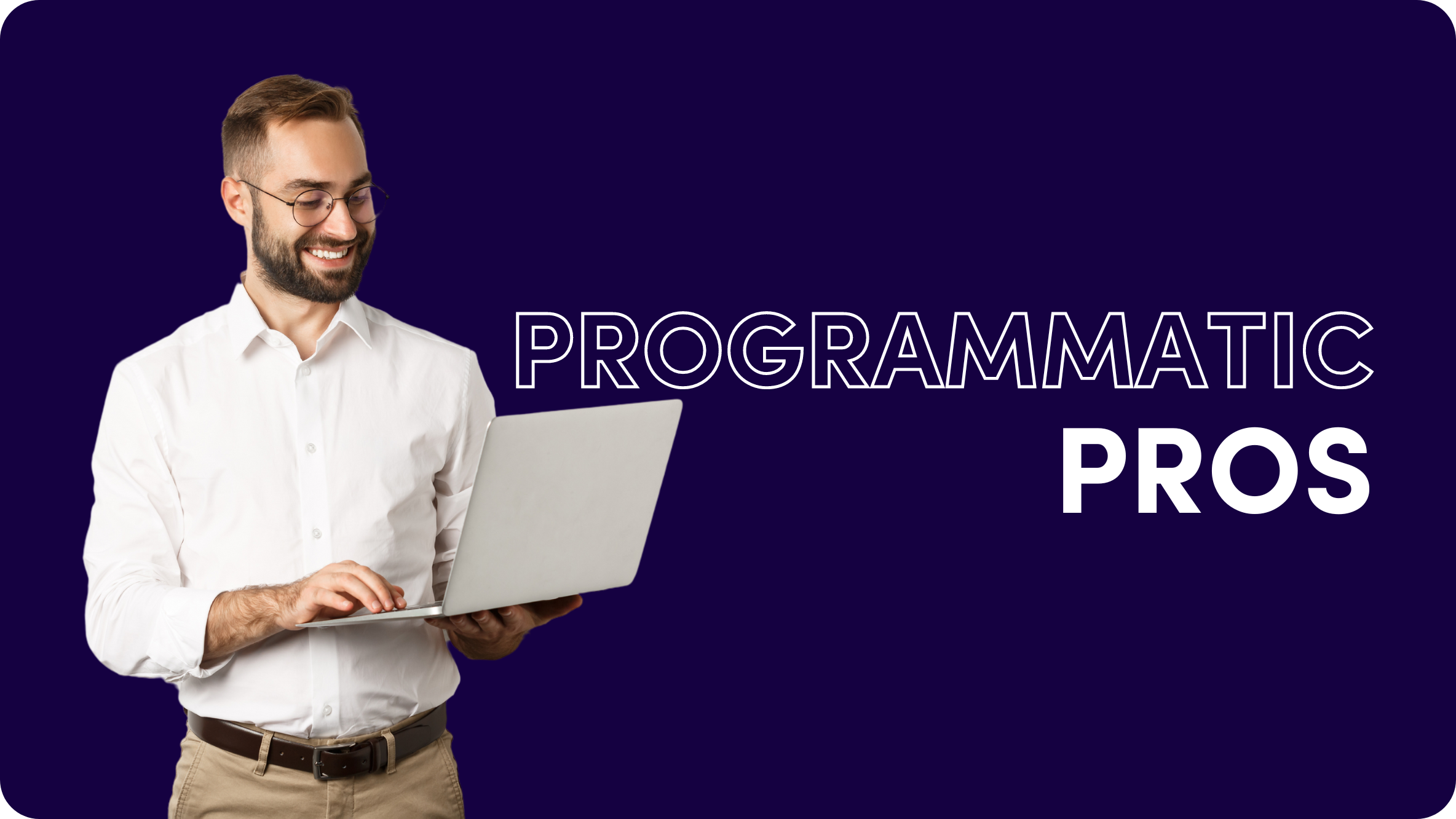Introduction to Programmatic Advertising

Things have changed a lot since the “Mad Men” era of advertising. Can you imagine Don Draper relying on algorithms to buy ads?
While the principles of advertising remain pretty much the same, it’s no longer a world of Martini lunches and handshake deals.
These days, you can use more than just intuition to place ads.
Nowadays you can be much more precise thanks to data and automation.
There’s no denying it – programmatic advertising has revolutionized media buying. Rather than just splashing your ad everywhere, now you can target specific people based on their online behavior, interests, and more.
It’s gotten to the stage where if you don’t have a solid programmatic advertising strategy in place, you’re likely to fall behind. More than 30% of marketers plan to increase, or at least maintain, the amount invested in programmatic marketing.
With that in mind, let’s take a look at what programmatic advertising is and how it works.
What is Programmatic Advertising? Decoding the Concept
Programmatic buying or advertising refers to the automated buying and selling of digital advertising space. But it’s more than just automation – it’s a data-driven approach that helps you get your brand in front of exactly the right audience at the right time.
Instead of placing manual media buys, which involve negotiating different IOs (Insertion Orders) with multiple buyers, programmatic advertising uses advanced software and algorithms to buy impressions via ad exchanges, making it feasible to access thousands upon thousands of publisher sites at once.
Here are some of the key elements of programmatic advertising:
- Advertisers: Ad buyers looking to reach target audiences. They use demand-side platforms (DSPs) to purchase ad inventory and manage campaigns.
- Publishers: Owners or managers of websites with ad space to sell. They make ad impressions available via supply-side platforms (SSPs).
- Ad exchanges: Digital marketplaces connecting advertisers and publishers through auctions.
- DSPs (Demand Side Platforms): Software used to buy ad space from exchanges used by advertisers.
- SSPs (Supply Side Platforms): Software that makes ad space available to exchanges.
The basic process is this – advertisers access ad exchanges via DSPs to bid on and buy ad impressions from publishers who plug into exchanges via SSPs.
The wonderful thing about programmatic buying is that it all happens in the blink of an eye thanks to built-in automation.
How Programmatic Advertising Works: Inside the Programmatic Marketing Auction
Let’s break down what’s happening behind the scenes during each programmatic ad auction:
- Targeting: When a user visits a website, the publisher’s platform puts the ad space up for grabs. At the same time, the DSP leverages activity data to figure out which ads would be a good match.
- Bidding: In milliseconds, the DSP automatically calculates and places bids for that ad spot based on all the data.
- Ad Serving: The advertiser with the highest bid wins and their ad instantly appears to the visiting user.
- Optimization: With every impression, advertisers gather performance data to optimize future bids and improve targeting.
This all happens rapidly thanks to real-time bidding (RTB) technology. RTB enables advertisers to bid on a single impression at a time, quickly analyzing everything to serve the most relevant ad.
Unlike traditional methods, programmatic marketing combines user data, behavior patterns, and real-time insights to automate precise ad buying on a large scale.
Advantages of Programmatic Advertising: Why Programmatic?
Gone are the days of using limited data and guesswork which are associated with traditional ad buying. Now, thanks to real-time data, machines handle everything at a speed humans can’t match.
All this automation means you can run more agile campaigns that adapt to current trends and with your audience at just the right time and frequency.
Rather than getting bogged down evaluating placements, programmatic marketing frees you up to focus on strategy, such as:
- Setting clear KPIs
- Analyzing campaign results
- Improving ad targeting and design
- Exploring more programmatic opportunities
Getting down to brass tacks, what is the most tangible result of all this precision targeting and automation?
Improved outcomes across the digital marketing funnel.
Let’s imagine a real-world example. A health and fitness brand is targeting an audience of millennials aged 25 to 34 who want to stay fit and eat well.
With programmatic advertising, they can tweak settings such as age, interests, online habits, and even location. This means their ads automatically pop up on health blogs, video platforms, and relevant social media pages where the audience spends their time. Advertisers engage the most relevant and interested audience, exactly when they’re most likely to take notice, thus driving up brand awareness, engagement, and loyalty.
Types of Programmatic Advertising
As mentioned earlier, the “Mad Men” intuition-only approach doesn’t work anymore. And neither does a one-size-fits-all approach of the early dot.com days.
Back then, you could get away with simply running banner ads. Now you need to use a variety of options to reach people.
- Display Ads: The granddaddy of online advertising, display ads are banner ads that are served across various websites and can be tailored to reach specific audiences with precision.
- Video Ads: Video ads are perfect for brand storytelling that deeply engages viewers and captures their attention. Marketers who want to reach audiences with highly targeted video ads can do so much more efficiently via programmatic.
- Native Ads: Ever noticed how often you see ads for articles or posts that are linked to the content you’re currently scrolling through? That’s native advertising for you. It’s sponsored content, but done so subtly that it feels organic to the platform.
- Connected TV (CTV): More people are tuning out of mainstream television and turning on to streaming. CTV allows ads on streaming platforms and apps, reaching binge-watchers, streamers, and casual viewers.
- Digital Out-Of-Home (DOOH): Think of this as the traditional billboard gone digital. Screens in public places, from bus stops to elevators, display dynamic ads that can change in real time based on data. For instance, during the morning school drop-off period, DOOH ads near a school may display ads targeted toward parents.
Most programmatic advertisers use a combination of all these types. When done right, it’s possible to tell your story across display, video, and native ads, culminating in a final impactful CTV ad. That’s the kind of cross-platform storytelling that really cuts through the noise in today’s busy digital space.
Programmatic Advertising Trends
As programmatic advertising evolves, you need to do more than just put your ads out there in the right place and hope for the best. New technology helps to fine-tune programmatic buying even more, as well as making it safe and secure.
- Rise of AI and machine learning: Advanced AI and machine learning engines can predict user behavior ahead of time and tailor ads in real time. They can even forecast future trends, helping you to shape upcoming campaigns around them.
- Data privacy at the forefront: Regulations such as the General Data Protection Regulation (GDPR) in Europe and the California Consumer Privacy Act (CCPA) in the U.S. signal a global shift towards more transparent and ethical data practices. Advertisers need to ensure that personalization doesn’t infringe on privacy. Make sure that any DSPs you use are compliant, and make transparency a key part of your advertising strategy to build trust with your audience.
- Outcome-driven metrics: Ads aren’t just about clicks and impressions. You need to look at real outcomes – did the ad lead to a store visit, a purchase, or a long-term subscription? Pay particular attention to metrics like conversion rates and average order value.
- Attention metrics: In an era of short attention spans, catching and keeping user interest is difficult. For that reason, you should measure the quality of engagement. It’s not just about the potential of the ad being viewed (viewability), but how many people actually viewed it and what engagement it achieved. This is why attention metrics are gaining ground as a key measurement for digital advertising.
Case Study: CheBanca! Banks on Outbrain’s Predicted Viewability
Italian fintech company CheBanca! turned to Outbrain to help with programmatic advertising.
Using Outbrain’s High Viewability package, they ran ads across placements with 70%+ viewability. The brand then tested Outbrain’s Target Viewability deal, which leverages machine learning to predict and bid only on highly viewable impressions.
The results?
In just one month, the campaign viewability improved by 17% and CTR saw an increase of 40%!
Outbrain’s proprietary data and inventory coupled with predictive technology maximized viewability and engagement across the board.
Download the full case study here.
Getting Started with Programmatic Advertising
Now you know what programmatic advertising is and how it works, the next step is to put it into practice. For the best results, you need to follow a tried and true process.
Step 1 – Set clear objectives
As with most marketing efforts, it’s good to begin with the end in mind. Ask yourself – what do you want to achieve? Are you trying to grow brand awareness, boost sales, or drive customer engagement? Set clear, achievable goals before you do anything else, as this will underpin your whole strategy.
Step 2 – Choose your tech wisely
There’s a growing number of programmatic advertising platforms and tools out there and the technology constantly evolves. Make sure you choose the right tech partners, such as Zemanta by Outbrain, because DSPs and Data Management Platforms (DMPs) can make or break your campaign. Do your homework and look for cutting-edge tech services that also handle data in a secure and ethical way.
Step 3 – Monitor, analyze, optimize
The whole point of programmatic advertising is to maximize precision and optimize through continuous improvement. Constantly monitor your campaigns, run deep analytics, and figure out what’s working and what’s not. Most DSPs provide dashboards with real-time campaign data. If possible, set up automatic alerts of positive or negative changes in metrics. You can also apply techniques such as A/B testing to help optimize your ads, then track performance in the dashboard.
Step 4 – Stay updated
Now we’ve entered the AI age, new technologies are constantly emerging. User behaviors also change over time and market dynamics shift. If you’re just entering the programmatic advertising space, make sure you get up to date with the latest trends and technology. Consider attending webinars, workshops, and taking online courses to stay in the know.
Let Outbrain Do The Heavy Lifting
Outbrain can supercharge your programmatic advertising efforts. Our suite of tools and predictive technology can make your ad campaigns more focused and impactful.












